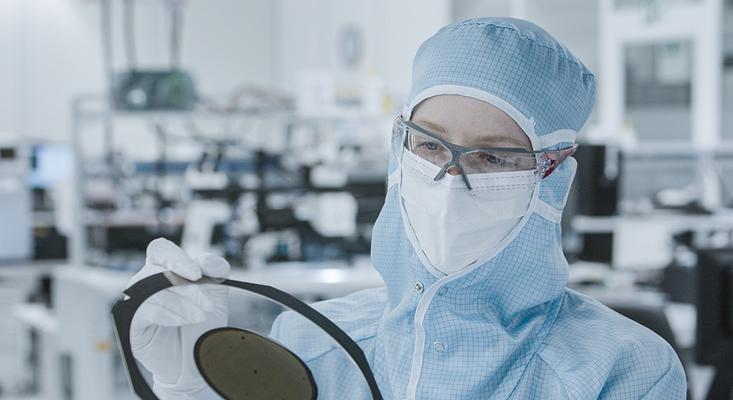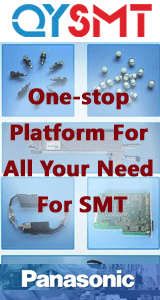TRUMPF Photonic Components and KDPOF working together for new wavelength standards in optical data communication within the automotive branch // Optical interconnects to become an indispensable part in future cars // The target is to bring to the market an integrated transceiver for multi-gigabit optical communications into automobile // 980nm wavelength VCSELs for greater robustness and service life
TRUMPF Photonic Components, a global leader in high-speed VCSEL and photodiode solutions for data communication and KDPOF, an expert in high-speed optical networking solutions based in Spain, have become strategic partners on automotive datacom solutions. Both companies pursue the goal of implementing state-of-the art optical data communication standards and solutions for the automotive industry. Therefore, TRUMPF and KDPOF are combining their knowledge in the field of components and networks for data communication. “With our strategic partnership we are going one step further and aim to establish VCSEL and optical networks as indispensable part in future cars,” explained Rubén Pérez-Aranda, CTO at KDPOF. "Having a supplier like TRUMPF as a partner in working groups enrich the discussion with deep manufacturing and design knowledge of VCSEL and photodiodes components."
Autonomous Driving Cars Benefit from VCSEL Technology
Due to the push in the automotive branch towards autonomous driving, a large amount of data has to be processed in cars. Consequently, optical interconnects are required to manage the data flow, acting as a nervous system connecting sensors and electronic brains, while meeting tight electro-magnetic interference requirements. “After a long-term cooperation, it’s great to enter a strategic partnership with KDPOF now, combining our long-term expertise to shape the future of data communication within car networks,” said Joseph Pankert, VP Product Management at TRUMPF Photonic Components. “Our long-term studies have already proven that 980nm VCSELs can operate at much higher temperatures while maintaining excellent reliability. This is exactly what the automotive industry is demanding, and therefore we support the movement towards a new, long-wavelength standard”, Pankert added.
The Particularly Demanding Application in the Automotive Sector
Compared to datacenters, automotive applications require not only a much wider range of operating temperatures, ranging from minus 40 °C up to 125 °C, but also an interconnect length of even less than 40 meters. For superior robustness against wear-outs and random failures, 980nm VCSEL is recognized as the wavelength preferred to become the new standard. Next to performance characteristics, 980nm enters to existing OM3 fibers with only limited dispersion loss.
Official Standard on Its Way
Both TRUMPF and KDPOF are participants in the IEEE P802.3cz task force. The current draft approved in IEEE 802.3 working group ballot for automotive optical multi-gigabit data transmission provides optical specifications that make use of reliable light sources based on proven longer wavelength technology. Driver assistance and autonomous vehicle operation will benefit from the equipment made of standardized components. “The automotive industry is a very demanding”, said Pérez-Aranda. "The IEEE 802.3 standard is therefore focusing on highly reliable conditions that delivers a service life of 15 years and more."
TRUMPF and KDPOF will have a joint presentation on “980nm VCSELs: New standard in automotive” on September 21st at 03.15 pm at the market focus stage at ECOC. Visit TRUMPF Photonic Components at ECOC 2022 in Basel, booth 473.






.gif)
